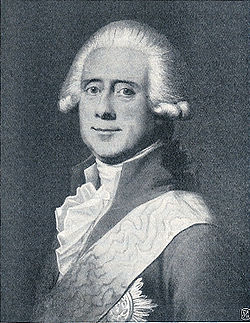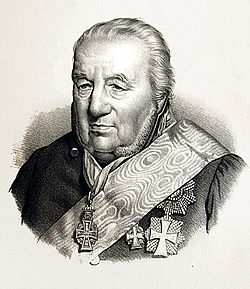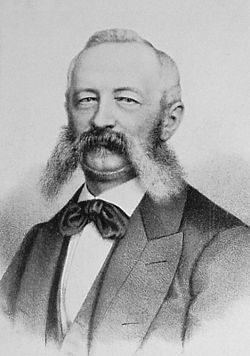
The Lord Chamberlain of Denmark (Danish : Overkammerherre) is the highest office of the Royal Household of Denmark, and the most distinguished of the Chamberlains of the Royal Household. [1] The title corresponds to the British title Lord Chamberlain of the Household.
The title gives precedence in the 1st Class No. 8 in the Danish order precedence, and the bearer is thus entitled to the style "His/Her Excellency". [2] The title still exists by Royal Regulation, but it is not in current use: Queen Margrethe preferred to appoint Chamberlains, of which there were 115 in Denmark as of 2015. [3] The Historic role of the Lord Chamberlain is now allocated to the Court Marshal of Denmark (Danish : Hofmarskal).















